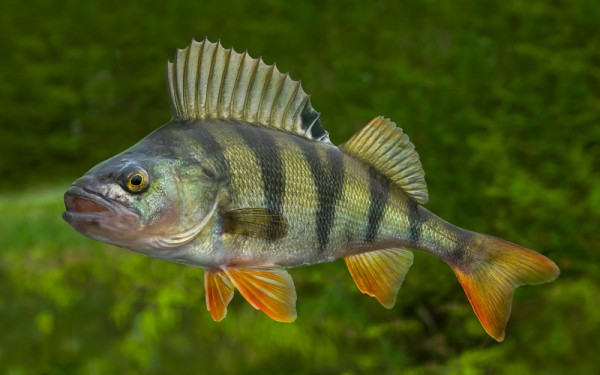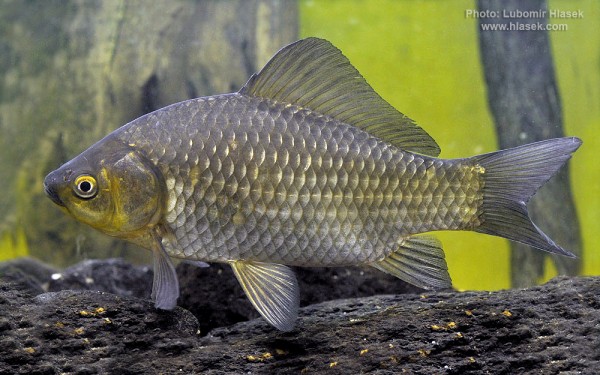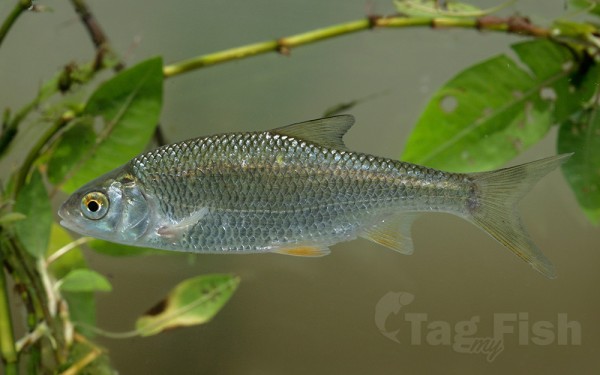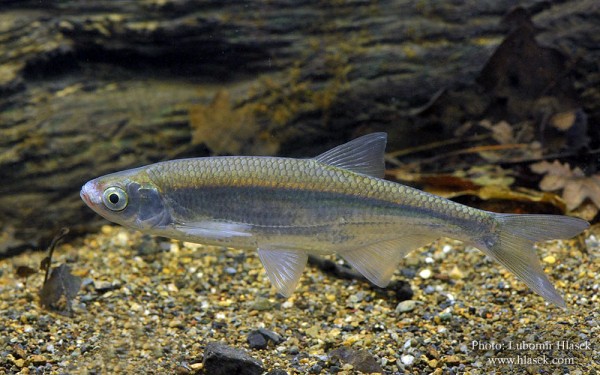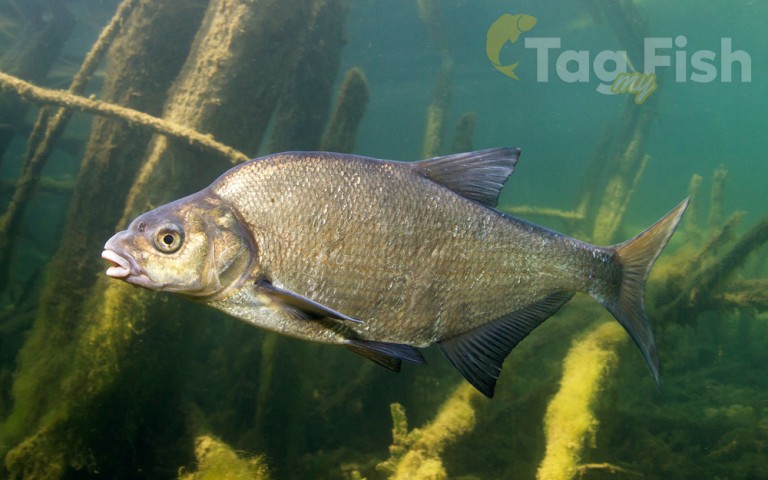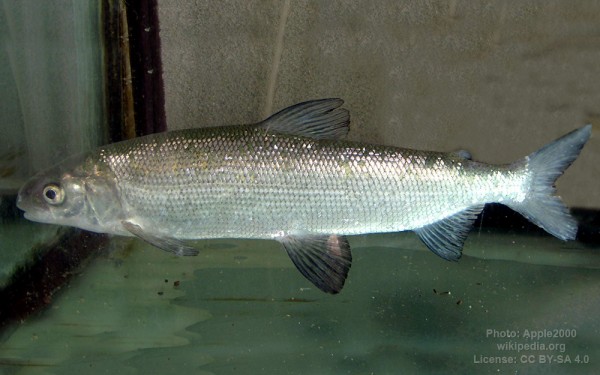Lake Thun
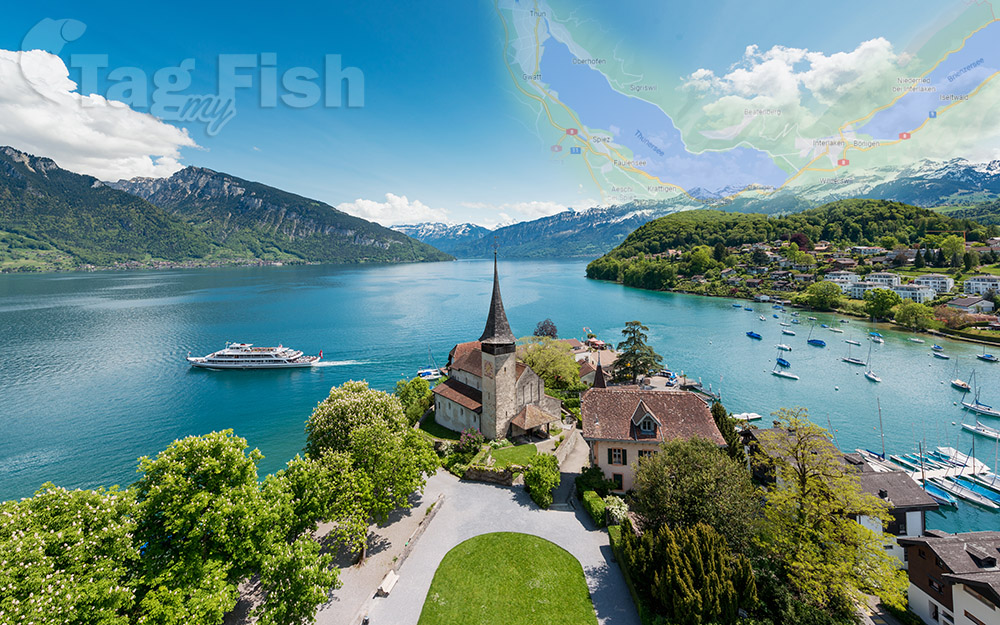
Perciformes - Perches
Esociformes - Pikes
Cypriniformes - Carps
Gadiformes - Cods
Perciformes - Perches
Esociformes - Pikes
Cypriniformes - Carps
Gadiformes - Cods
Salmoniformes - Salmons and Trouts
Perciformes - Perches
Esociformes - Pikes
Cypriniformes - Carps
Gadiformes - Cods
Salmoniformes - Salmons and Trouts
Lake Thun (German: Thunersee) is an Alpine lake in the Bernese Oberland in Switzerland named after the city of Thun, on its northern shore. At 48.3 km2 (18.6 sq mi) in surface area, it is the largest Swiss lake entirely within a single canton.
The lake was created after the last glacial period. After the 10th century, it split from Lake Brienz, before which the two lakes were combined, as Wendelsee (Lake Wendel). The culminating point of the lakes drainage basin is the Finsteraarhorn at 4,274 metres (14,022 ft) above sea level.
Lake Thuns approximate 2,500 square kilometres (970 sq mi) catchment area frequently causes local flooding after heavy rainfalls. This occurs because the river Aare (German: Aare), which drains Lake Thun, has only limited capacity to handle the excess runoff.
The lake is fed by water from Lake Brienz to the southeast, which is 6 metres (20 ft) higher than Lake Thun, and various streams in the Oberland, including the Kander.
